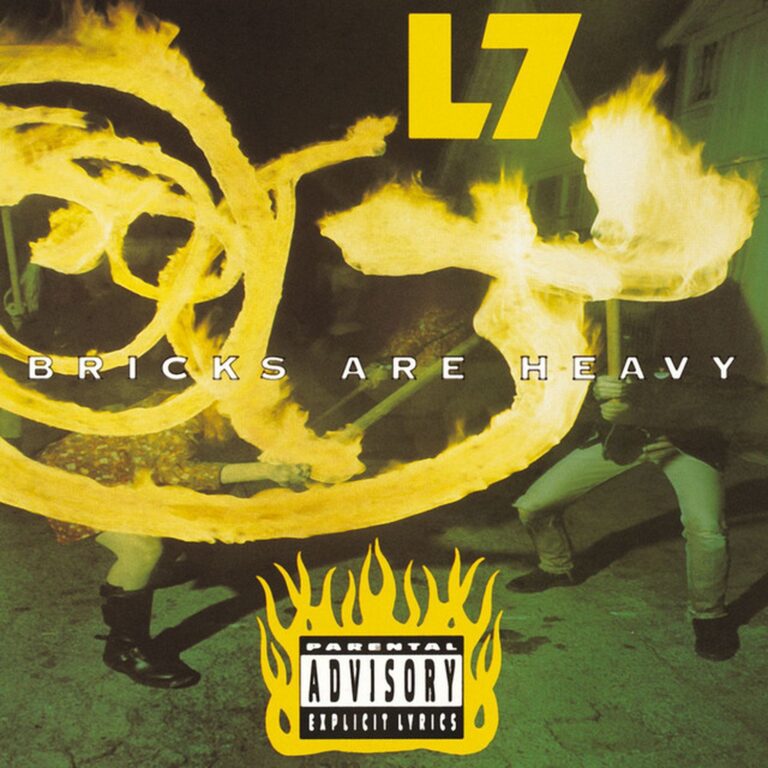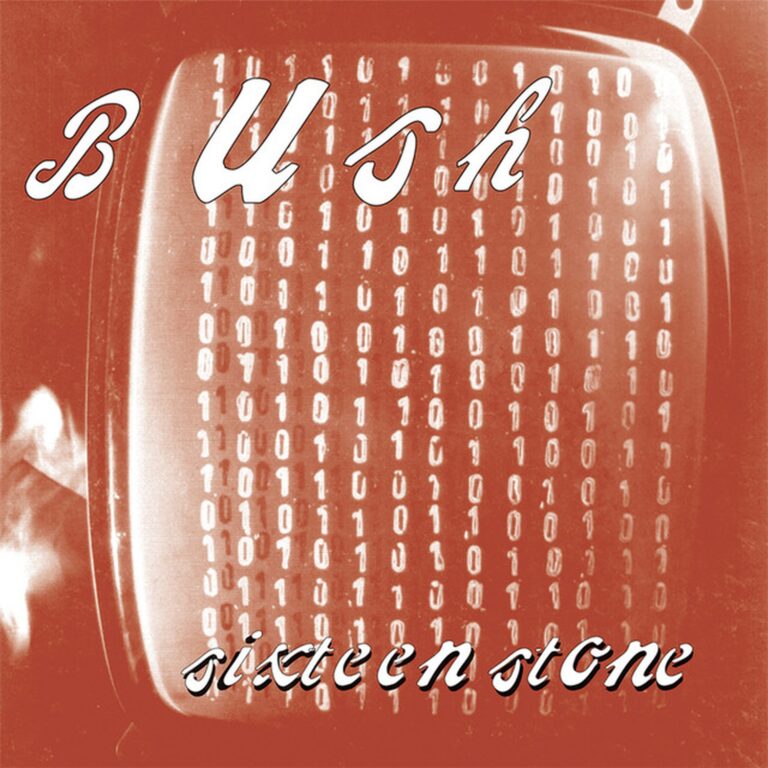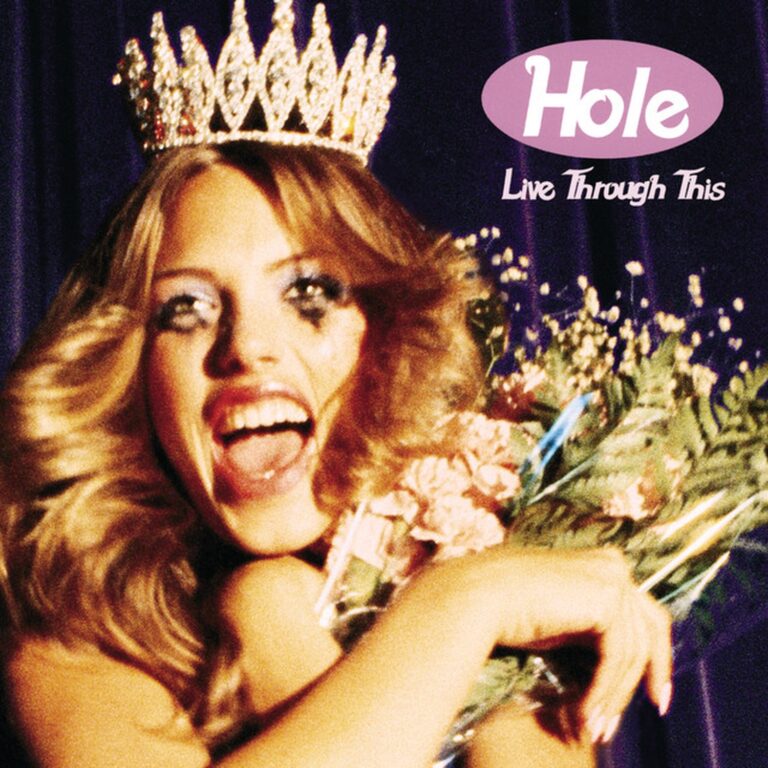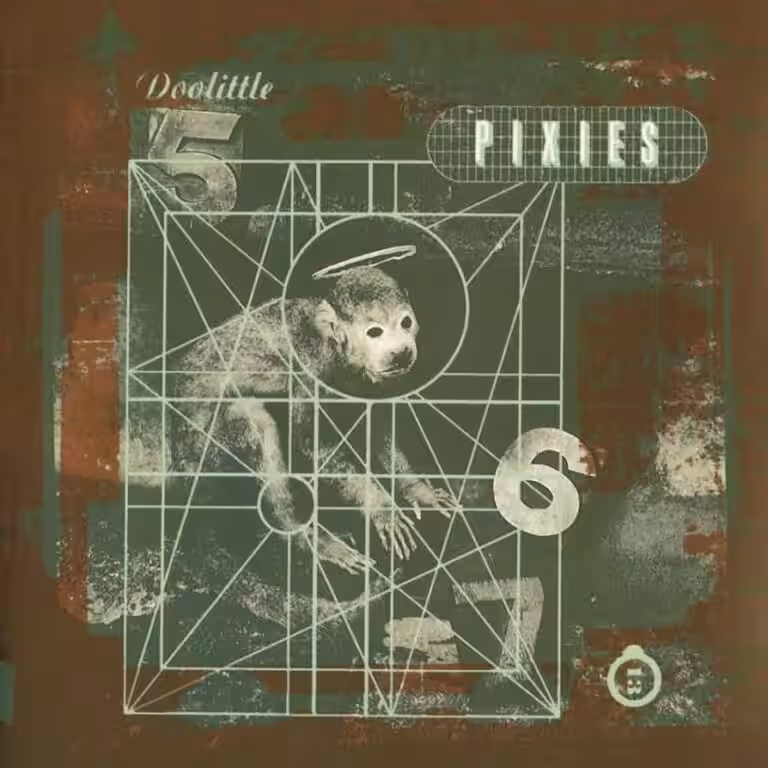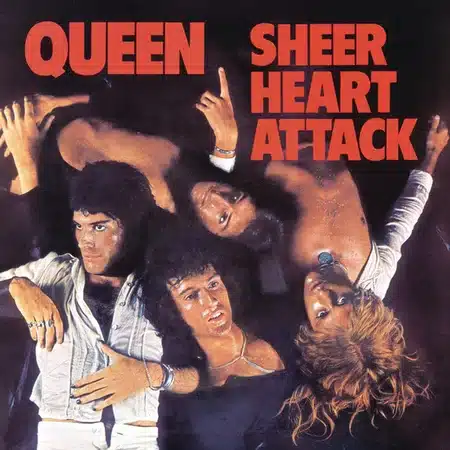
The Significance of “Sheer Heart Attack” by Queen
Released on November 8, 1974, “Sheer Heart Attack” marked a pivotal moment in Queen’s career. This album saw the band transition from the complex themes of their earlier works to a more mainstream sound, setting the stage for their future global success. Produced by Queen and Roy Thomas Baker, it showcased the band’s ability to blend rock with pop sensibilities, which broadened their appeal. In this article, we’ll explore the album’s creation, recording process, commercial success, and lasting impact on music.
| Attribute | Details |
|---|---|
| Release date | November 8, 1974 |
| Album title | Sheer Heart Attack |
| Genre | Rock |
| Total runtime | 38:41 |
| Number of tracks | 13 |
| Record label | EMI (UK), Elektra (US) |
| Recording studio | Rockfield Studios, Trident Studios |
| Producer(s) | Queen, Roy Thomas Baker |
Queen’s “Sheer Heart Attack” was a game-changer, both for the band and the music industry. It catapulted Queen into the mainstream, showcasing their versatility and innovation. Brian May noted,
“This album was a turning point for us, where we found our sound.”
With its blend of rock, pop, and theatrical elements, the album remains a significant influence in music history.
The Genesis of “Sheer Heart Attack”
The early 1970s were a vibrant time for rock music, with genres like glam rock and progressive rock gaining traction. Queen, having formed in 1970, had already made waves with their first two albums. “Queen” and “Queen II” established their reputation for theatrical performances and intricate compositions. However, it was “Sheer Heart Attack” that solidified their place in rock history.
Before this album, Queen had toured with Mott the Hoople, which helped them gain exposure. However, during this period, guitarist Brian May fell ill, affecting the band’s momentum. Despite these challenges, the band pushed forward, with Freddie Mercury, Roger Taylor, and John Deacon taking on significant creative roles. The album featured contributions from all members, with Mercury and May being the primary songwriters.
Here’s a breakdown of the band members and their roles:
| Member | Role |
|---|---|
| Freddie Mercury | Lead vocals, piano |
| Brian May | Guitar, backing vocals |
| Roger Taylor | Drums, backing vocals |
| John Deacon | Bass guitar |
Financially, the band faced hurdles. The album’s recording was funded by EMI, with a modest budget compared to their future projects. Despite this, they managed to produce a polished and innovative album. The title “Sheer Heart Attack” reflected the band’s high-energy approach, while the cover art, designed by Mick Rock, captured their flamboyant image.
Recording Process
The recording of “Sheer Heart Attack” took place in various studios, including Rockfield and Trident Studios. The sessions began in July 1974 and concluded in October of the same year. Despite the pressure of time constraints, the band delivered a dynamic and cohesive album.
Key personnel included Roy Thomas Baker as producer and Mike Stone as engineer. Baker’s previous work with Queen on “Queen II” made him a natural choice. He was known for his innovative techniques, which complemented the band’s ambitious vision.
Here’s a table of likely hardware used during the recording sessions:
| Equipment | Details |
|---|---|
| Microphones | Neumann U67, Shure SM57 |
| Mixing Desk | Trident A Range |
| Guitars | Red Special (Brian May’s custom guitar) |
| Amplifiers | Vox AC30 |
Recording wasn’t without its challenges. Brian May recalled a moment when his guitar setup malfunctioned during a crucial take. Nonetheless, these hurdles only spurred the band to innovate further. Roy Thomas Baker’s other production credits include “A Night at the Opera” by Queen and “The Cars” by The Cars.
Commercial Performance and Reception
Upon release, “Sheer Heart Attack” was met with critical acclaim and commercial success. It peaked at number 2 on the UK Albums Chart and number 12 on the US Billboard 200. The album’s blend of hard rock and pop elements resonated with a broad audience.
Here is a table of Queen’s studio albums:
| Album | Year | Estimated Global Sales |
|---|---|---|
| Queen | 1973 | Approximately 1 million copies |
| Queen II | 1974 | Approximately 1 million copies |
| Sheer Heart Attack | 1974 | Approximately 3 million copies |
| A Night at the Opera | 1975 | Approximately 6 million copies |
The album received numerous accolades, including a platinum certification in the UK and gold in the US. Its singles, “Killer Queen” and “Now I’m Here,” further cemented Queen’s status as rock icons. Other notable albums released in 1974 include Burn by Deep Purple and Get Your Wings by Aerosmith.
1974 was a significant year for heavy music, with bands like Kiss and Rush also releasing their debut albums. These releases contributed to a vibrant music scene that year.
Track Analysis
“Sheer Heart Attack” featured a diverse array of tracks, each contributing to the album’s dynamic sound. Singles like “Killer Queen” and “Now I’m Here” demonstrated Queen’s range, from theatrical rock to introspective ballads.
Here’s a detailed table of the album’s tracks:
| Track Name | Length | Writing Credit |
|---|---|---|
| Brighton Rock | 5:08 | Brian May |
| Killer Queen* | 3:01 | Freddie Mercury |
| Tenement Funster | 2:48 | Roger Taylor |
| Flick Of The Wrist | 3:19 | Freddie Mercury |
| Lily Of The Valley | 1:43 | Freddie Mercury |
| Now I’m Here* | 4:10 | Brian May |
| In The Lap Of The Gods | 3:20 | Freddie Mercury |
| Stone Cold Crazy | 2:12 | All members |
| Dear Friends | 1:07 | Brian May |
| Misfire | 1:50 | John Deacon |
| Bring Back That Leroy Brown | 2:13 | Freddie Mercury |
| She Makes Me | 4:08 | Brian May |
| In The Lap Of The Gods… Revisited | 3:42 | Freddie Mercury |
*”Killer Queen” and “Now I’m Here” were released as singles. “Killer Queen” reached number 2 on the UK Singles Chart, while “Now I’m Here” was also well-received.
Song Meaning and Lyrics
“Killer Queen” and “Now I’m Here” are standout tracks on the album. “Killer Queen,” written by Freddie Mercury, explores the life of a high-class call girl. Mercury once described it as a “tongue-in-cheek” narrative, showcasing his flair for storytelling. The lyrics, “She’s a Killer Queen, gunpowder, gelatine,” paint a vivid picture of the character’s allure and danger.
“Now I’m Here,” penned by Brian May, reflects on the band’s experiences touring with Mott the Hoople. It captures the excitement and chaos of life on the road. May’s lyrics convey a sense of triumph and presence, encapsulated in lines like “Now I’m here, now I’m there.” These songs highlight Queen’s ability to blend personal experiences with universal themes.
Collaboration was key to the album’s success. While Mercury and May were the primary songwriters, Roger Taylor and John Deacon also contributed significantly, adding depth and variety to the album’s sound.
Touring and Promotion of Sheer Heart Attack
The release of “Sheer Heart Attack” was accompanied by an extensive promotional campaign. Queen appeared on various TV shows and performed live to showcase their new material. Their energetic performances and Mercury’s charismatic stage presence captivated audiences worldwide.
The Sheer Heart Attack tour spanned from October 1974 to May 1975, covering 76 shows across the UK, USA, and Japan. The tour was a major success, solidifying Queen’s reputation as a formidable live act. They performed with artists like Mott the Hoople and Lynyrd Skynyrd, further expanding their reach.
Queen’s relentless touring schedule and innovative promotion strategies ensured “Sheer Heart Attack” reached a wide audience, setting the stage for their future triumphs.
Influences and Legacy
“Sheer Heart Attack” drew inspiration from a variety of musical influences. Queen incorporated elements of glam rock, hard rock, and pop, creating a unique sound that resonated with fans. Artists like David Bowie and The Beatles played a role in shaping the album’s style.
Here’s a table highlighting these influences and the artists who were inspired by the album:
| Influences on “Sheer Heart Attack” | Artists Influenced by “Sheer Heart Attack” |
|---|---|
| David Bowie | Foo Fighters |
| The Beatles | Muse |
| Led Zeppelin | The Darkness |
1974 was a year of cultural and musical shifts. Globally, events like the Watergate scandal and the Vietnam War influenced public sentiment. In music, the rise of punk and disco began to shape the industry. “Sheer Heart Attack” captured the spirit of the times, blending rock’s rebellious energy with pop’s accessibility.
Five Things about Sheer Heart Attack
“Sheer Heart Attack” is full of fascinating details and stories. Here are five interesting facts about the album:
| Fact | Details |
|---|---|
| Chart Success | Reached number 2 in the UK and number 12 in the US. |
| Killer Queen’s Inspiration | Inspired by a high-class call girl, as described by Freddie Mercury. |
| Brian May’s Illness | May contracted hepatitis during the US tour, affecting the album’s creation. |
| Diverse Styles | The album features a mix of rock, pop, and vaudeville influences. |
| Innovative Recording | Used multitrack recording to create layered vocal harmonies. |
Media and Television Usage
Queen’s music has been featured in numerous films, TV shows, and advertisements. Here are a few uses of tracks from “Sheer Heart Attack” in media.
| Song Title | Year | Media Appearance |
|---|---|---|
| Brighton Rock | 1974 | Featured prominently in the 2017 film Baby Driver, especially during key scenes, contributing to its resurgence in popularity. [Source] |
| Stone Cold Crazy | 1974 | Featured in the 2021 film Cruella, underscoring a scene where a young Cruella de Vil hijacks a car. [Source] |
| Killer Queen | 1974 | Performed by the band during their first appearance on Top of the Pops in the 2018 biographical film Bohemian Rhapsody. [Source] |
| Now I’m Here | 1974 | A live version of the song is featured in the 2018 film Bohemian Rhapsody, showcasing Queen’s performance at London’s Hammersmith Odeon on Christmas Eve 1975. [Source] |
Critical Reviews and Retrospectives
Critics praised “Sheer Heart Attack” for its innovative sound and diverse influences. The album was described as a “feast” by NME, highlighting its standout tracks and dynamic range. Retrospective reviews continue to celebrate its role in defining Queen’s sound.
After Sheer Heart Attack
Following the success of “Sheer Heart Attack,” Queen continued to rise in popularity. Their next album, “A Night at the Opera,” featured the iconic “Bohemian Rhapsody,” cementing their status as rock legends. The band faced challenges, including Freddie Mercury’s health issues, but they persevered, releasing numerous successful albums.
As of 2025, Queen remains active, with Brian May and Roger Taylor performing alongside Adam Lambert. They continue to tour and release new music, maintaining their legacy as one of rock’s greatest bands.
Conclusion
“Sheer Heart Attack” is a testament to Queen’s creativity and resilience. Its innovative sound and diverse influences continue to inspire musicians today. The album’s success laid the groundwork for Queen’s future triumphs, and its impact on music and culture remains undeniable.
Further Reading
For more insights into Queen’s music, check out our articles on A Night at the Opera and Innuendo. You can also visit the Wikipedia page for “Sheer Heart Attack”, the official Queen website, and the record label’s website for more information.
Let us know in the comments what your thoughts are on Sheer Heart Attack by Queen. Did we miss anything? Share your experiences and join the conversation!
